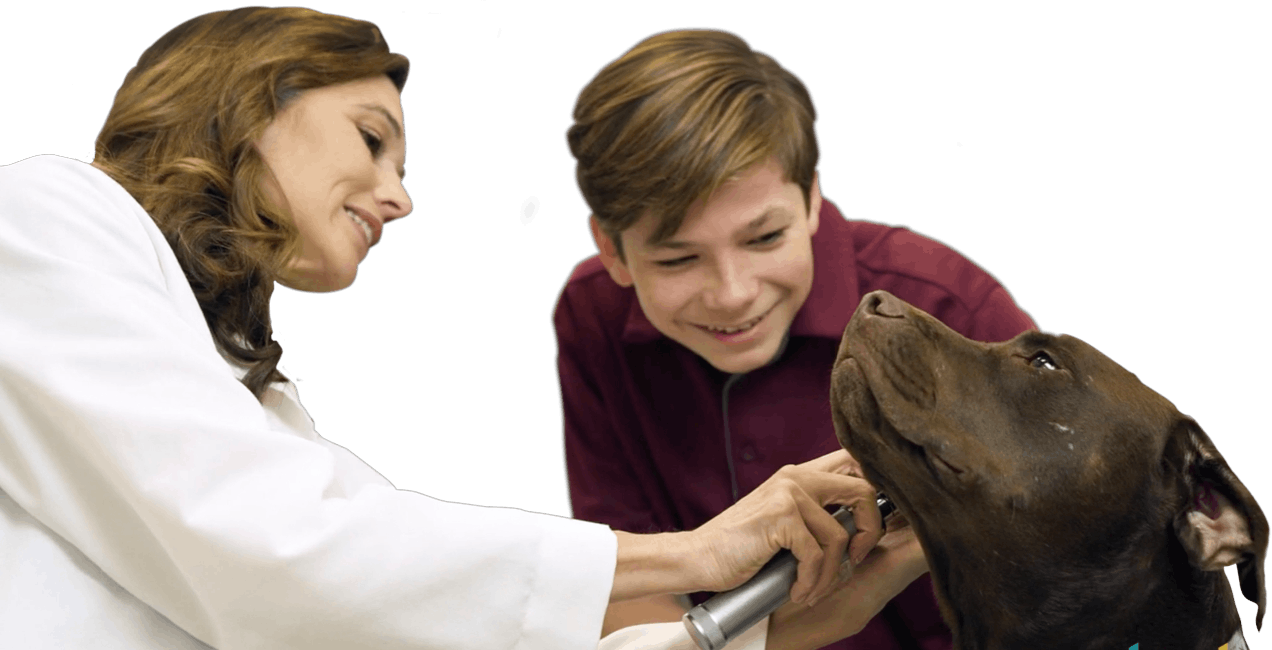WHAT YOU’LL SEE IN THIS VIDEO
In this video you’ll watch Dr. Adrienne Atkins, a veterinarian at the Jacksonville Zoo, work closely with Dr. Alan Weldon, a veterinary internal medicine specialist, to evaluate the health of a Bonobo.
Before the procedure can begin, Dr. Atkins works with the zoo keepers in the Bonobo’s housing area to sedate the patient and prepare it to be transported to the hospital.
After the Bonobo is transported safely into the veterinary hospital, the patient is put on gas anesthesia to keep it sleeping and the physical exam begins. As part of this health check-up, Dr. Weldon an internal medicine specialists does an echocardiogram (pronouce echocardiogram) of the heart.
An echocardiogram is an type of ultrasound examination that uses high pitched sound waves sent through a transducer to produce an image of the heart. To start the Bonobo examination, Dr. Weldon applies a gel to his patient’s chest which helps his equipment pick up the sound waves. He then presses the transducer firmly against the chest and moves it to adjust the view. The transducer sends sound waves into the chest and picks up the echos as they bounce off different parts of the heart. These echos are then sent to a video monitor for the doctor to evaluate.
After the physical exam is completed, Dr. Atkins works with her medical team and the zoo keepers to transport the Bonobo back to the housing area. A soft bed is made for the Bonobo and the medical team stays with their patient as it recovers.
THE SCIENCE OF VETERINARY MEDICINE
Bonobo’s are members of the great ape family and they often develop heart problems as they age. That is why, in this film, the doctors have decided to look closely at their patient’s heart and how it is functioning. One of the best ways for them to do this is to perform an echocardiogram.
Echocadiography can provide the veterinarian with a wealth of information. It can show the size and shape of the heart and the heart’s pumping capacity (the amount of blood it can pump). It also lets the veterinarian look for tissue damage and examine the valves of the heart. Animal doctors look to see if the blood is flowing normally through the heart.
FAST FACTS
- Most human viruses can also infect Bonobos. (That is why the zoo staff is wearing masks in the video)
- Bonobos can live around 50 years
- Researchers have found that around 40% of captive Bonobos died from heart disease
- The first ultrasound was conducted in 1953 by Inge Edler














Comments Add Comment
bellybelle
I really love this video
VetFan#1
Cool video
Want to add a comment?
In order to comment you need to login or join Vet Set Go